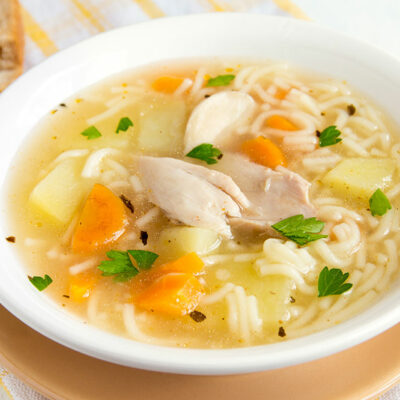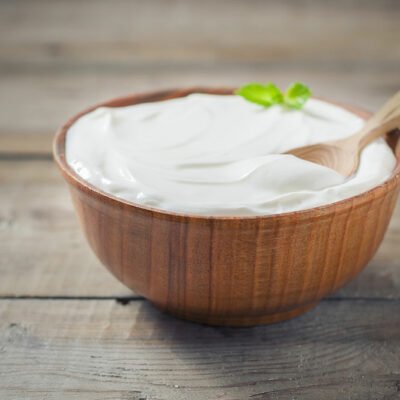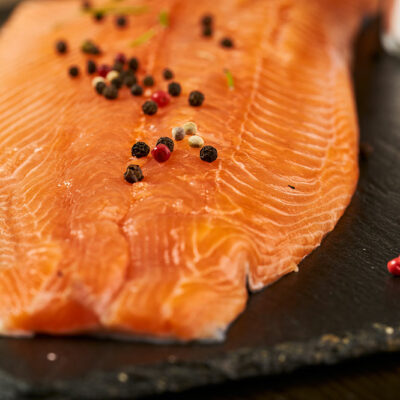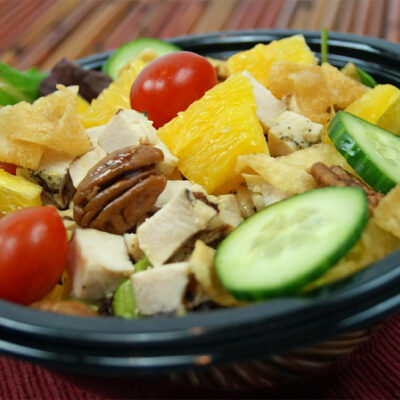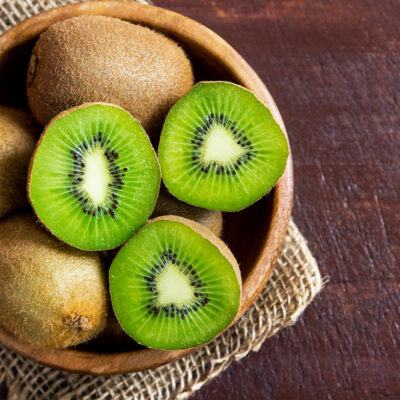
5 foods that can provide relief from constipation
Constipation means difficulty passing stools. A person suffering from constipation may experience strain and pass lump and hard stools. It is one of the most common health conditions in the country, with at least 14% of the population suffering from it. Sadly, this condition can lead to other complications, like hemorrhoids. But a few foods can help relieve the condition. Let’s take a look at some foods that can help relieve constipation. Apples Apples are a great source of fiber if eaten with their skin. They contain soluble fiber that is mainly in the form of dietary fiber called pectin. Gut bacteria rapidly ferment pectin, and this retains water in the colon, softening the stool and providing relief from constipation. Citrus fruits Citrus fruits such as grapefruit, orange, and mandarins are also a good source of fiber. Apart from pectin, they also contain a good amount of vitamin C and a flavonol called naringenin. A combination of these can ease constipation. Prunes Prunes or dried plums have been long used as a remedy for constipation. Like apple and other citrus fruits, prunes also contain high amounts of fiber. These produce short-chain fatty acids that help in increasing stool weight. Sweet potato Apart from being a great alternative to potatoes, sweet potatoes are rich in an insoluble fiber called cellulose and lignin that help add bulk to the stools, aiding easy bowel movement.
Read Article 